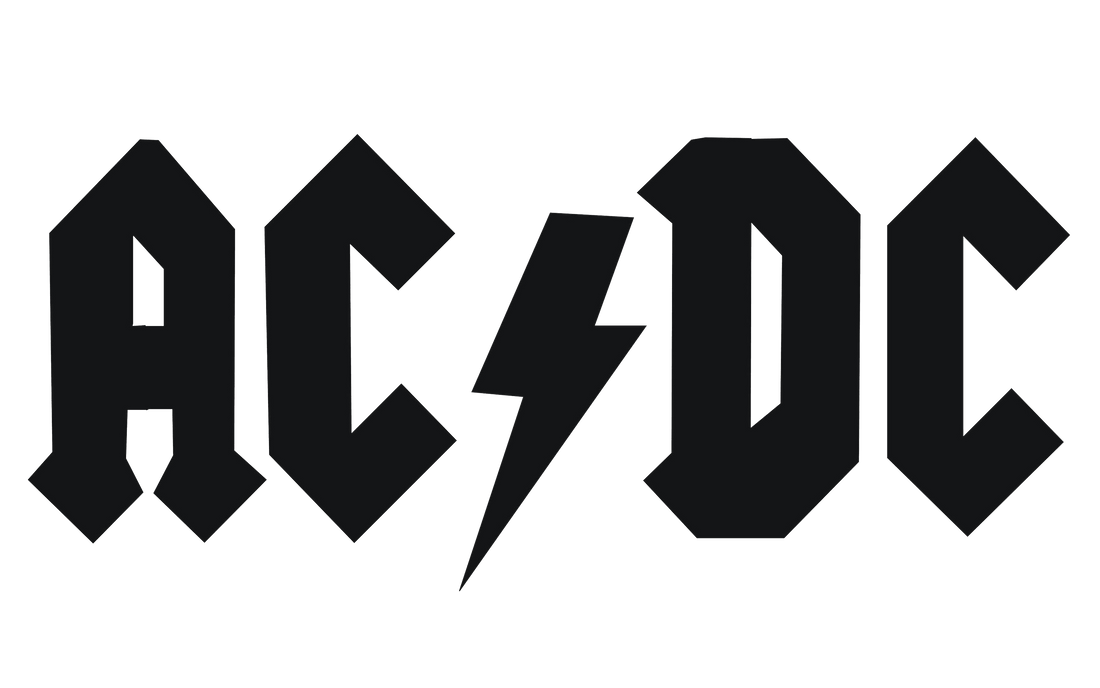Will Ray- What’s With That Pick?
Gretsch's reaction to the Les Paul was swift as the single cutaway Duo Jet hit the market in 1953, one year after the LP. It was Gretsch’s first "solid body" electric and a flagship model for the company and it kinda sorta looked like a LP :-).
That was followed by the same body style, western-themed Round Up in 54’.
But waiting quietly in the wings was the Jet Fire Bird, introduced in 1955 alongside the Silver Jet.
Generally speaking, all four Jet guitars were very similar and each sported two DeArmond DynaSonic pickups which made them stand out from Gibson or Fender. The price made them stand out too, all were more expensive than a Tele, Strat, or LP. The original 1955 Gretsch catalog lists the guitar as “Fire Bird”, two words. It retailed for $255. The same year LP Standard was $235, Tele $190, and a Strat $230.
In 1958 the DeArmond pickups were swapped out for Gretsch Filter’Trons. It was the first big change to the Jet series.
The next major change came in 1961 when the single cutaway bodies went away and Gretsch introduced the double cutaways. Chrome hardware became gold. (The single cut model did return in 1970.)
Bo Diddley and George Harrison made the single cutaway Jet Fire Bird and Duo Jet famous.
Malcolm Young put the double cutaway Fire Bird on the map - “The Beast”.
The Beast was a 1963 and modified with a 3rd Gibson PAF, paint stripped, Burns Vibrato “swapped” for a Schaller Bad Ass Bridge (he did switch it back to the original after a few years), and later two pickups were removed leaving a Filter’Tron in the bridge.
Before all of the garage work, here’s the original specs of Malcolm's Jet Fire Bird:
Chambered mahogany body, laminated maple top, mahogany neck, ebony fretboard, two Filter’Tron pickups, two volume controls, one master volume control, three-way switch, three-way tone switch, standby switch, Burns vibrato




